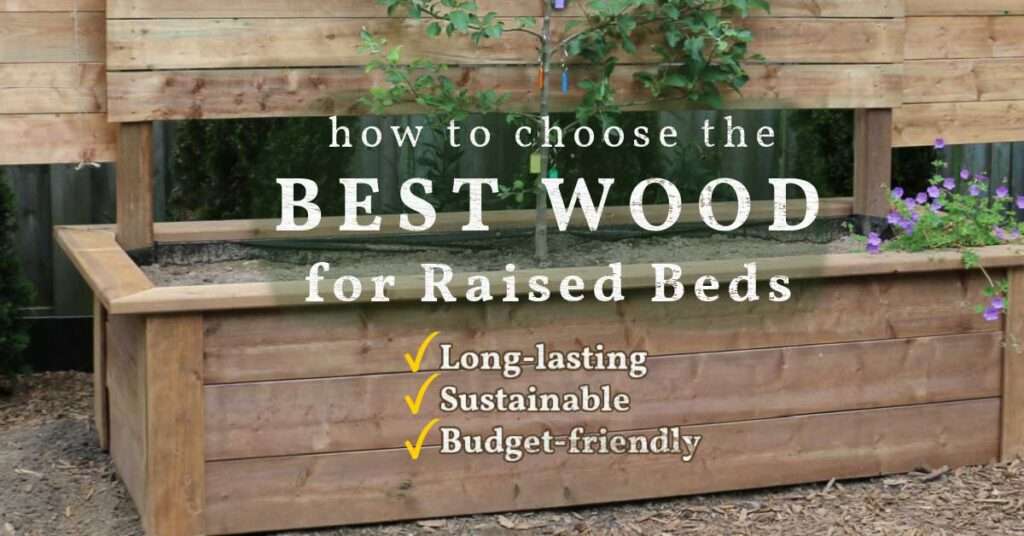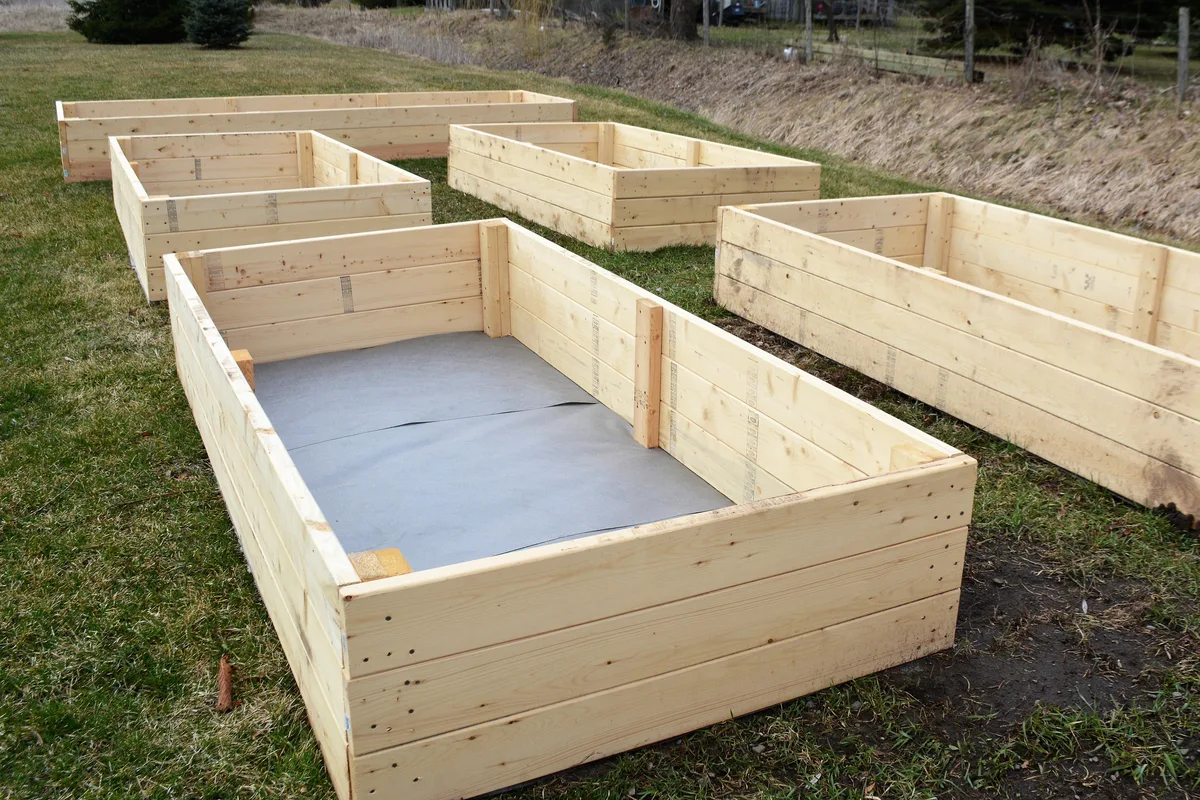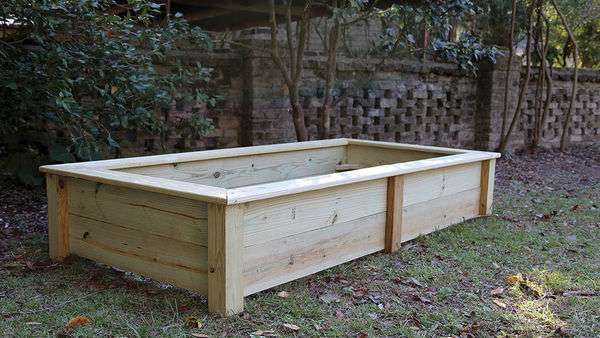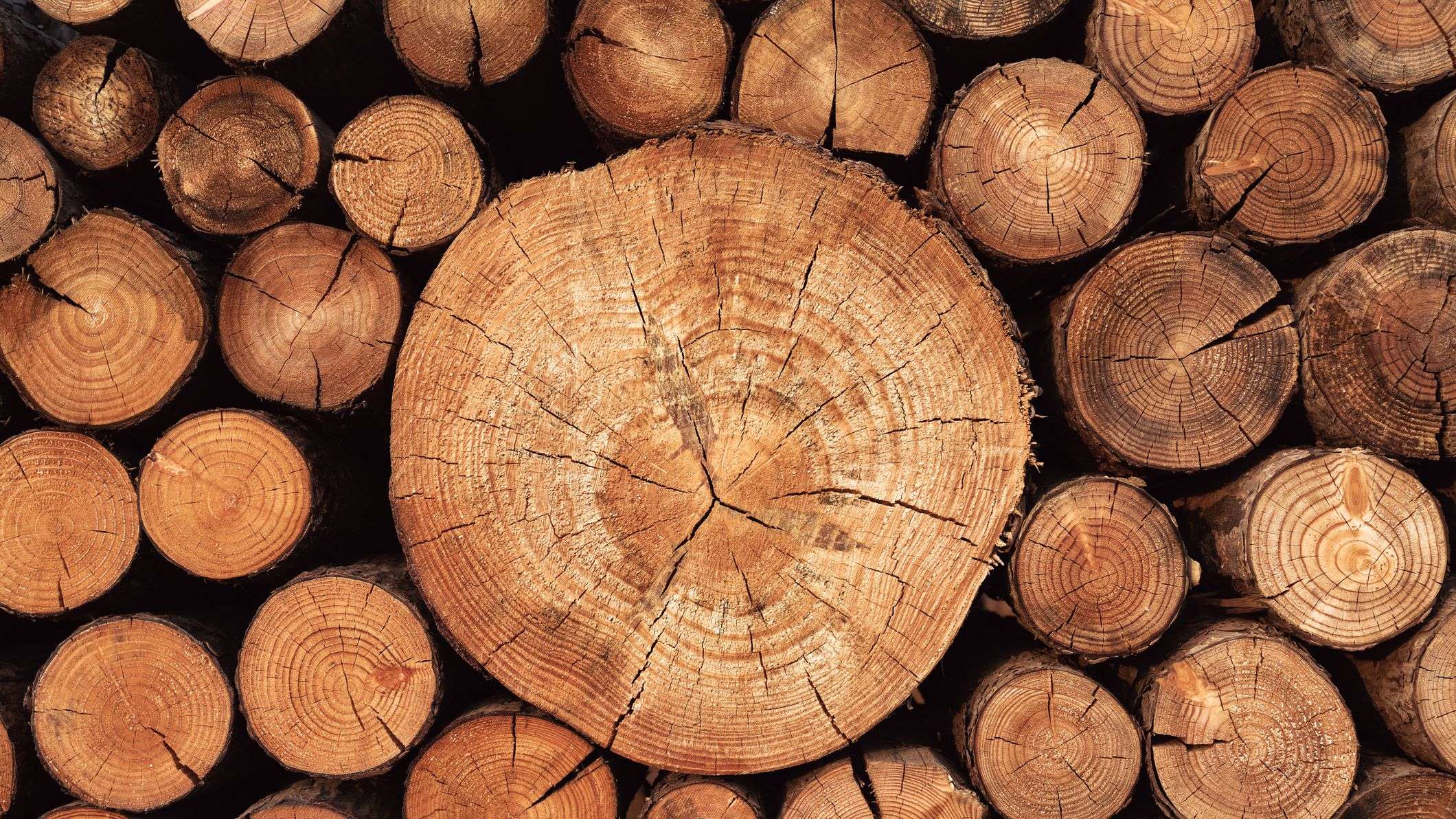In this article, we’ll explore the topic of raised garden beds and discuss the best types of wood to use for them. Whether you’re an avid gardener or interested in off-grid living, this information will be helpful for you. By the end of this article, you’ll have a solid understanding of the best wood options available for your raised garden beds.
The Best Wood for Raised Garden Beds
Are you interested in starting your own garden but worried about the health of your soil or the strain it may put on your back? Raised garden beds provide the perfect solution to these concerns, offering improved soil drainage, better pest control, and reduced back strain. But when it comes to choosing the right wood for your raised garden beds, there are several factors to consider. In this article, we will discuss the benefits of different types of wood and help you make an informed decision that will create a healthy and functional garden space.

Improved Soil Drainage
One of the key benefits of raised garden beds is their ability to improve soil drainage. This is especially important if your current soil has poor drainage or if you live in an area with heavy rainfall. When you elevate your garden beds, excess water can drain more freely, preventing waterlogging and reducing the risk of root rot. This is crucial for the health and growth of your plants.
Better Pest Control
Raised garden beds offer better pest control compared to traditional ground-level gardens. By elevating your plants, you can create a physical barrier that deters pests and prevents them from accessing your plants. Additionally, you have more control over the soil and can choose to use organic pest control methods, such as companion planting or natural repellents, to keep pests at bay.
Reduced Back Strain
One of the main concerns for gardeners is the strain it can put on their backs. Bending over for long periods of time can lead to discomfort and pain. Raised garden beds alleviate this issue by bringing the garden up to a more comfortable height. You can choose the optimal height for your raised beds, ensuring that you can tend to your plants without putting unnecessary strain on your back.
Choosing the Right Wood
Now that you understand the benefits of raised garden beds, it’s time to choose the right wood for constructing them. The type of wood you choose will determine the durability, resistance to rot and insects, and overall performance of your raised beds. Here are some popular options to consider:
Cedar Wood
Cedar wood is often the top choice for raised garden beds. It naturally resists rot and insects, making it a durable and long-lasting option. Cedar also has aromatic benefits, with a pleasant scent that can help repel pests. This wood weathers beautifully over time and can last for many years, making it a worthwhile investment for your garden.
Redwood
Redwood is another excellent choice for raised garden beds. It is known for its strength and durability, making it a great option for outdoor applications. Redwood is also a sustainable choice, as it is sourced from responsibly managed forests. Additionally, it naturally resists decay, ensuring that your raised beds will last for years to come.
Pine
Pine is a popular choice for raised garden beds due to its affordability and availability. However, it is important to note that pine is not naturally resistant to decay or insect damage. To protect pine wood from these issues, it often undergoes chemical treatments. If you are concerned about potential chemical exposure, it may be best to consider other wood options.
Douglas Fir
Douglas fir is known for its strength and durability, making it a reliable choice for raised garden beds. While it has a moderate resistance to decay, it is important to properly maintain and seal the wood to ensure its longevity. Douglas fir is commonly used in construction and outdoor projects, making it readily available for your raised bed needs.
Juniper
Juniper is a lesser-known wood option for raised garden beds, but it offers several benefits. This wood naturally resists decay, ensuring that your raised beds will last for years without the need for chemical treatments. Juniper is also durable and long-lasting, making it a reliable choice for your garden. However, it is important to note that juniper is considered an invasive species in some areas, so it is crucial to check with local authorities before using this wood.
Recycled Plastic Lumber
For those seeking a more sustainable option, recycled plastic lumber is worth considering. This material is made from recycled plastic and offers durability and resistance to decay. It is also an environmentally friendly choice, as it helps reduce waste and the need for new wood resources. Recycled plastic lumber is available in various colors and styles, allowing you to create a unique look for your raised garden beds.
Composite Wood
Composite wood is another eco-friendly option for raised garden beds. It is made from a combination of wood fibers and recycled plastic, resulting in a material that is both strong and durable. Composite wood requires minimal maintenance and is resistant to rot and insect damage. It is a long-lasting option that will provide years of enjoyment in your garden.

Avoiding Pressure-Treated Wood
While pressure-treated wood may seem like a convenient choice for raised garden beds, it is important to be aware of the health and environmental concerns associated with this type of wood. Pressure-treated wood is treated with chemicals that can potentially leach into the soil and be absorbed by your plants. To avoid these risks, it is best to choose alternative wood options for your raised garden beds.
Other Considerations
In addition to the type of wood, there are a few other considerations to keep in mind when building your raised garden beds. These include wood thickness, board dimensions, and joinery techniques. Thicker wood can provide added stability, while larger board dimensions can create a more visually appealing finished product. It is also important to choose joinery techniques that will ensure the longevity and strength of your raised beds.

Preparing and Maintaining Raised Beds
Once you have chosen the right wood and constructed your raised garden beds, it is important to properly prepare and maintain them for optimal performance. To prevent soil contamination, it is recommended to line the interior of the beds with landscape fabric or food-safe liner. This will help reduce the risk of harmful chemicals leaching into the soil. Proper watering and drainage are essential for the health of your plants, so ensure that your raised beds have adequate drainage holes and water them regularly. Lastly, implement effective weed control measures to keep your garden beds free from unwanted growth.
Conclusion
When it comes to raised garden beds, choosing the right wood is crucial for creating a healthy and functional garden space. Consider factors such as durability, resistance to rot and insects, and potential health concerns when selecting the wood for your raised beds. Options like cedar, redwood, and composite wood offer excellent benefits and can provide years of enjoyment in your garden. By making an informed decision, you can create a beautiful and sustainable garden that will thrive for years to come. So get started on your raised garden beds and enjoy the bountiful harvest they will provide. Happy gardening!





